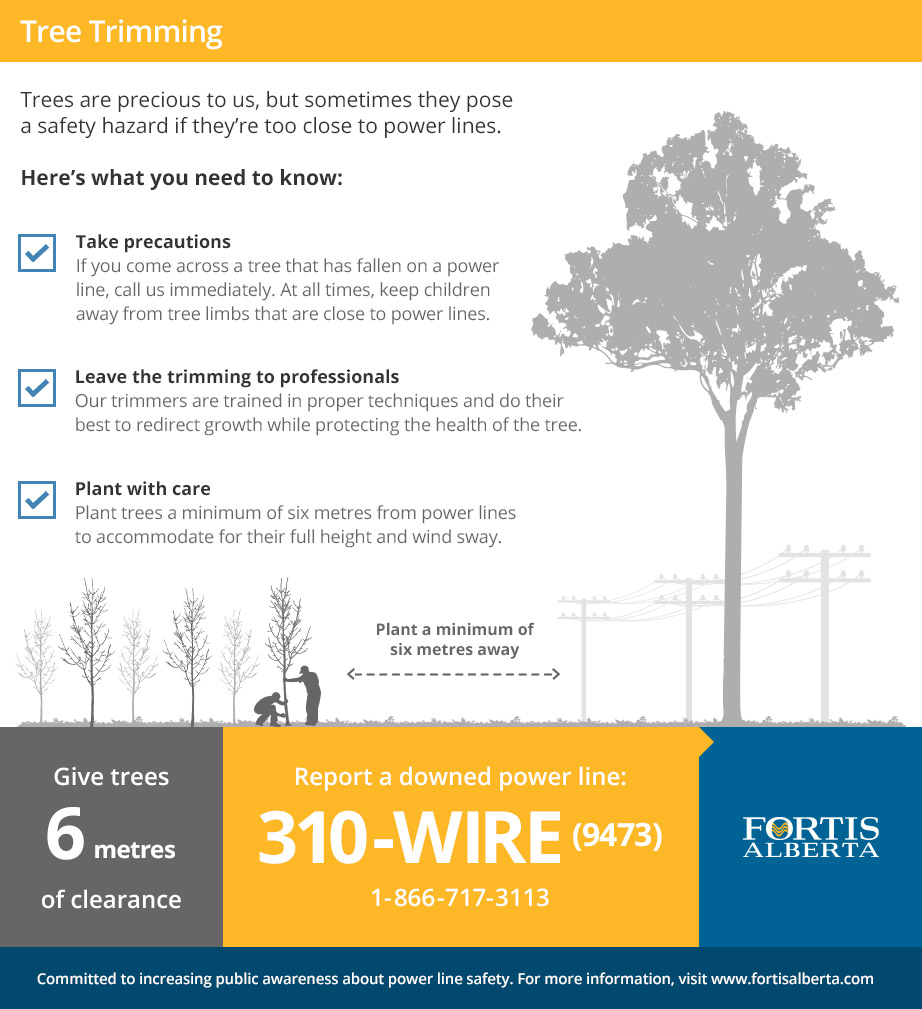Guarding Your Landscape: Replanting After Tree Removal
Guarding Your Landscape: Replanting After Tree Removal
Blog Article
Web Content Writer-Breum Upton
Tree removal can leave a space in your landscape that requires filling. You can grow something new because room, yet it takes added care and interest at the beginning to help it thrive.
The soil in that location will keep transforming in time as bacteria break down the old origins. That can influence the nutrient balance and physical room for new growth.
Dirt
The soil in a story where a tree has actually been gotten rid of is likely to be extremely various from the rest of your garden or yard. The origins of the old tree and the stump will have changed the dirt, getting rid of some nutrients and possibly crowding out other plants. Furthermore, if the previous tree was infected, the transmittable representative might still be in the ground.
The presence of roots cultivates an abundant and varied community of dirt bacteria that enhances important processes like nutrition biking and raw material disintegration. Without these bacteria, the displaced soil can come to be much less abundant and nutrient-depleted, with an unfavorable influence on plant development.
Prior to replanting, mike's maintenance must be removed of particles and organic material (such as wood chips from stump grinding). You may wish to mix in potting dirt or indigenous dirt with this compost to supply your brand-new planting with a setting that is well balanced and filled with nutrients.
Water
Tree origins take in huge quantities of water from the soil. This process additionally includes nutrients back to the soil, especially nitrogen, which is essential for new trees and plants. Sadly, old soil can be diminished of these essential minerals as a result of the worn out origins and stump from an eliminated tree.
This is why it is very important to have a plan for the future of your landscape. Ideally, the best time to plant is when you have a clean slate.
Whether you're growing grass or flowers, see to it to utilize a soaker pipe to avoid overwatering your new landscape design. If the location was a garden, see to it to cover the dirt with organic compost to assist maintain moisture in the soil, regulate dirt temperatures and reduce weeds. This also supplies a layer of defense for young plants and promotes worm activity. Then, consistently renew the mulch to continue enhancing the dirt nutrient thickness and microbial life. This is called soil repair.
Light
Trees are a terrific addition to any kind of landscape, giving color, aesthetic pulchritude, and lots of various other advantages. Nevertheless, sometimes trees come to be undesirable because of a variety of factors, including illness, insect problems and natural aging.
In such situations, it may be necessary to eliminate a tree. just click the next website is necessary to take into consideration the worth of a particular tree in your landscaping and take the proper steps to guarantee that the removal is done safely and successfully.
During the late summertime, it's a suitable time to perform upkeep and assessments on existing trees. Look for indications of illness, insect infestations, or architectural damage, along with any kind of potential hazards such as weakened or leaning trees.
Prior to starting any building projects, be sure to secure the origin areas of existing trees by staying clear of soil compaction and rating around them. Raw material, as it breaks down, can create poisonous gases that are harmful to the origins of a tree. It's likewise a good idea to mulch the location around a tree after construction has completed to save wetness and suppress weed development.
Temperature
Trees are necessary to a landscape for their visual appeal, but they likewise play an essential duty in the local community by providing shade and windbreaks. They support wildlife environments and lower the amount of co2 airborne, which can contribute to global warming. This is why it is suggested to replant trees after removing one from the residential or commercial property.
When replanting a new tree in the place of a previous stump, the dirt might not have enough nutrients to support it. It is best to wait on a year prior to planting to make sure that the dirt will certainly be rich in nutrients.
To ensure that replanted trees thrive, it is crucial to supply them with correct care. A layer of mulch will maintain dirt wetness from vaporizing, manage soil temperature, and help suppress weeds. Organic mulch is the preferred choice due to the fact that it enhances dirt fertility. Recurring fertilization and bug control are also essential for replanted trees.